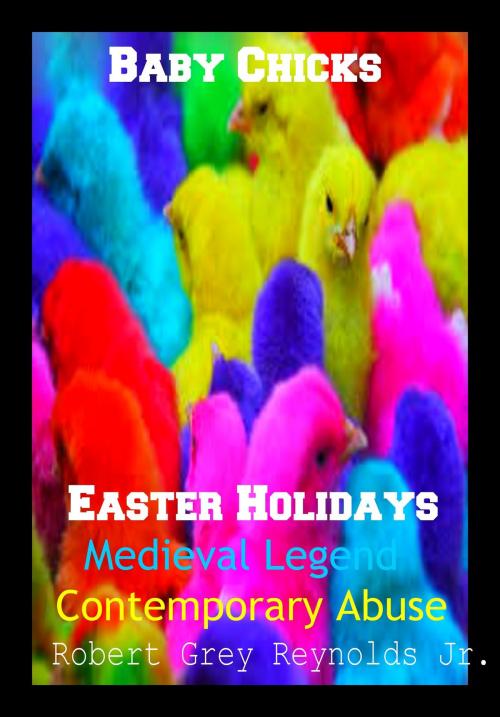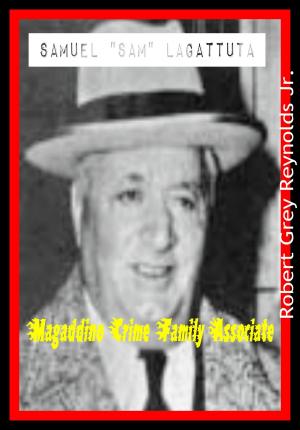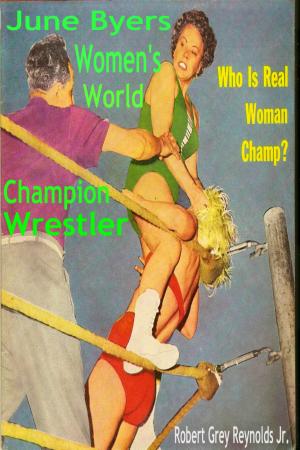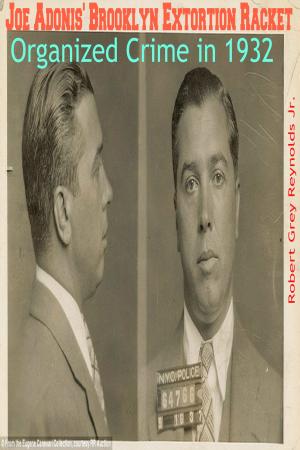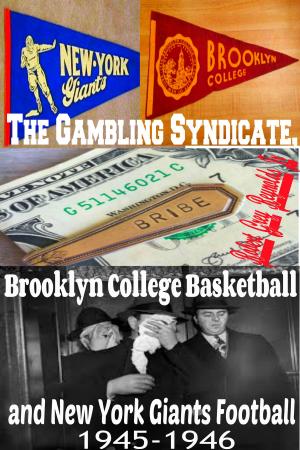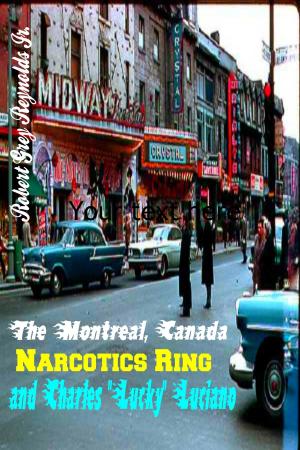| Author: | Robert Grey Reynolds Jr | ISBN: | 9781301692576 |
| Publisher: | Robert Grey Reynolds, Jr | Publication: | October 19, 2013 |
| Imprint: | Smashwords Edition | Language: | English |
| Author: | Robert Grey Reynolds Jr |
| ISBN: | 9781301692576 |
| Publisher: | Robert Grey Reynolds, Jr |
| Publication: | October 19, 2013 |
| Imprint: | Smashwords Edition |
| Language: | English |
The plight of young chicks is an ugly legacy because of the enduring harm that dyes inflict on small birds. This occurs when the baby birds die, when their feathers fall out, and when they are blinded. When the toxic dyes do not end their lives, uncaring owners often discard them by throwing them in trash cans. Still others are given to children who torture them in various ways. Sellers point out that the dyes do not harm the chicks, ducks, or other small fowl. This has been debated over many years. New York was among the leaders in early legislation to outlaw the dyeing of baby birds. Legislation in the Empire State was passed beginning in 1945. Currently many states prohibit the sale of baby chicks, but most recently a significant reversal of legislation protecting animals from being dyed occurred in Florida. Readers can approach this work from a viewpoint of activism, information, and/or responsibility in helping nature. People must realize that animals, birds, and other forms of nature rely on humans to protect them. Aside from the physical harm that dyes inflict on baby fowl, there are additional issues of concern. Among these are bird's self-perception after being traumatized in confining coops and being kept at temperatures that are unfit for them to thrive in their lives.
The plight of young chicks is an ugly legacy because of the enduring harm that dyes inflict on small birds. This occurs when the baby birds die, when their feathers fall out, and when they are blinded. When the toxic dyes do not end their lives, uncaring owners often discard them by throwing them in trash cans. Still others are given to children who torture them in various ways. Sellers point out that the dyes do not harm the chicks, ducks, or other small fowl. This has been debated over many years. New York was among the leaders in early legislation to outlaw the dyeing of baby birds. Legislation in the Empire State was passed beginning in 1945. Currently many states prohibit the sale of baby chicks, but most recently a significant reversal of legislation protecting animals from being dyed occurred in Florida. Readers can approach this work from a viewpoint of activism, information, and/or responsibility in helping nature. People must realize that animals, birds, and other forms of nature rely on humans to protect them. Aside from the physical harm that dyes inflict on baby fowl, there are additional issues of concern. Among these are bird's self-perception after being traumatized in confining coops and being kept at temperatures that are unfit for them to thrive in their lives.
